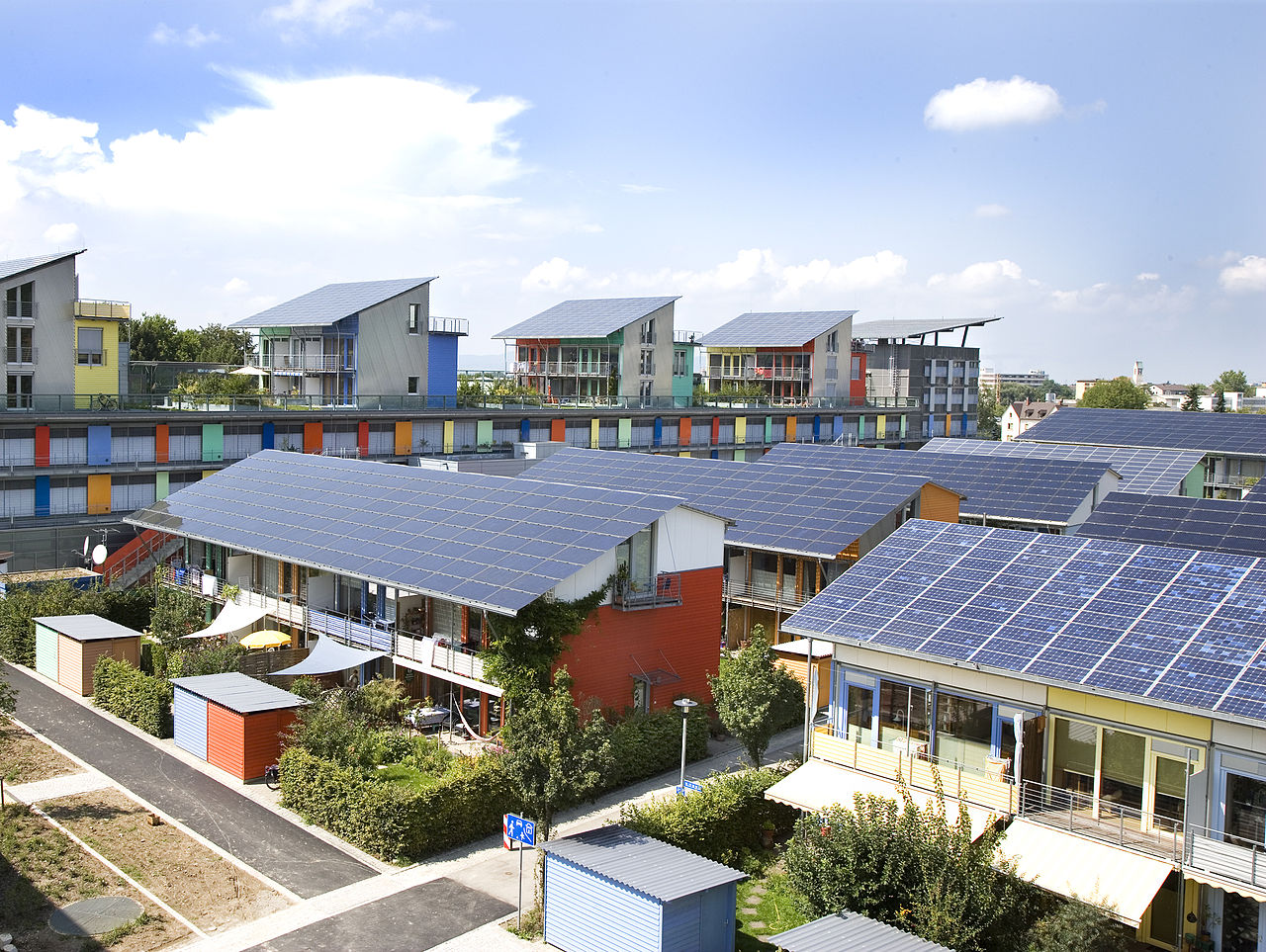A simple potassium solution could boost the efficiency of next-generation solar cells. Or so say researchers at the University of Cambridge and TU Delft.
The research team, led by the University of Cambridge, found that the addition of potassium iodide greatly increased the efficiency of cheap perovskite solar cells. These next-generation solar cells could be used as an efficiency-boosting layer on top of existing silicon-based solar cells, or be made into stand-alone solar cells or coloured LEDs. The results were recently reported in the journal Nature.
The solar cells in the study are based on metal halide perovskites – a promising group of ionic semiconductor materials that, after just a few years of development, now rivals commercial thin film photovoltaic technologies in terms of efficiency in converting sunlight into electricity. Perovskites are cheap and easy to produce at low temperatures, which makes them attractive for next-generation solar cells and lighting.
Tiny defects in the crystalline structure
Despite the potential of perovskites, some limitations have hampered their efficiency. Tiny defects in the crystalline structure of perovskites, called traps, can cause electrons to get ‘stuck’ before their energy can be harnessed. The more easily electrons can move around in a solar cell material, the more efficient that material will be at converting photons, particles of light, into electricity. Another issue is that ions move around in the solar cell when illuminated, which can cause a change in the bandgap – the colour of light the material absorbs.
“Interestingly, we found that the transport of free electrons in the perovskite layer improved on adding small amounts of potassium,” said Dr Eline Hutter of the Faculty of Applied Sciences. “This results in better electron collection and thus explains the higher efficiency of the solar cells.”
The idea now is to make so-called tandem solar cells in which a perovskite layer is placed on top of a silicon solar cell. Tandem solar cells are the most likely first widespread application of perovskites. By adding a perovskite layer, sunlight can be more efficiently harvested from a wider range of the solar spectrum.
The perovskite devices containing the potassium remained stable in tests and were 21.5% efficient at converting light into electricity, which is similar to the best perovskite-based solar cells and not far below the maximum obtained efficiency of silicon-based solar cells (27%).
Tandem cells made of two perovskite layers with ideal bandgaps have a theoretical efficiency limit of 45% and a practical limit of 35% – both of which are higher than the current practical efficiency limits for silicon.
Read more about TU Delft research on perovskite solar cells here.
Mojtaba Abdi-Jalebi et al. ‘Maximising and Stabilising Luminescence from Halide Perovskites with Potassium Passivation.’ Nature (2018). DOI: 10.1038/nature25989
Do you have a question or comment about this article?
tomas.vandijk@tudelft.nl


Comments are closed.